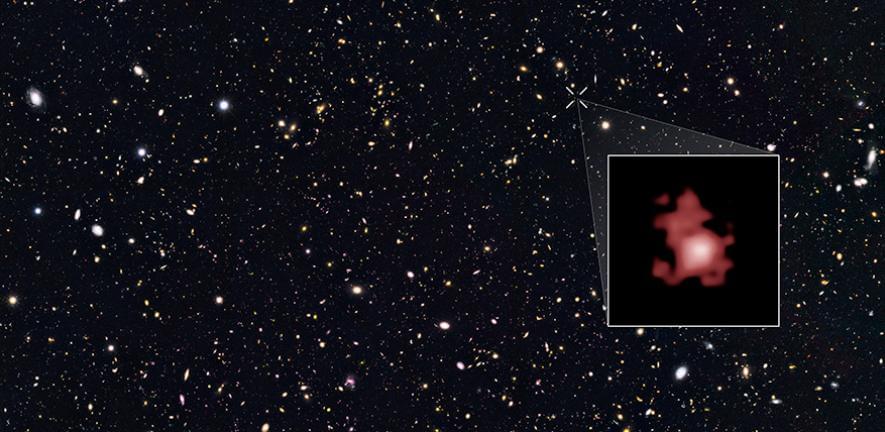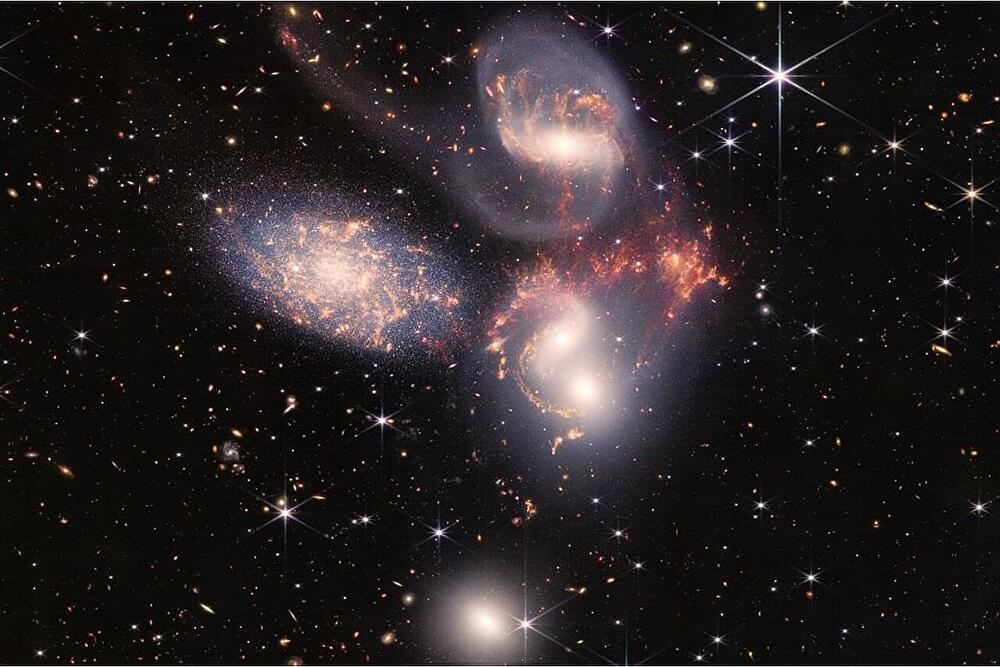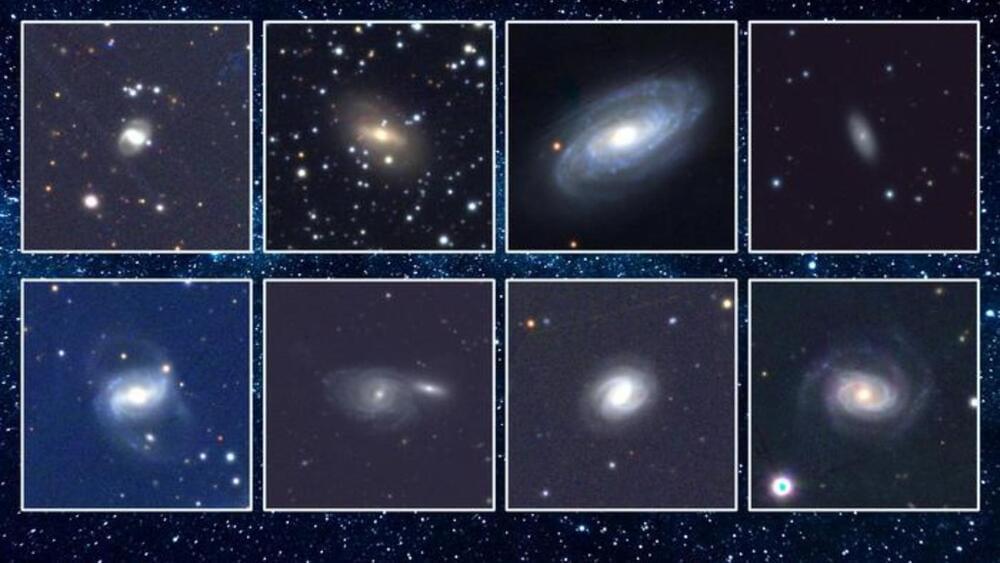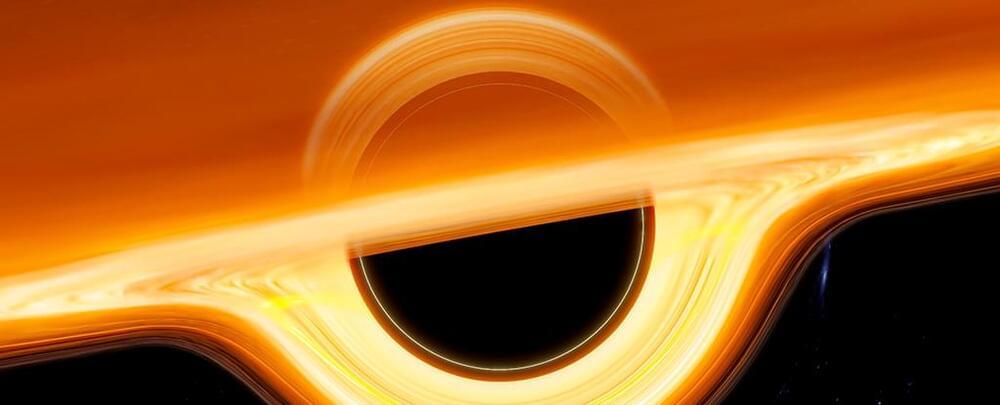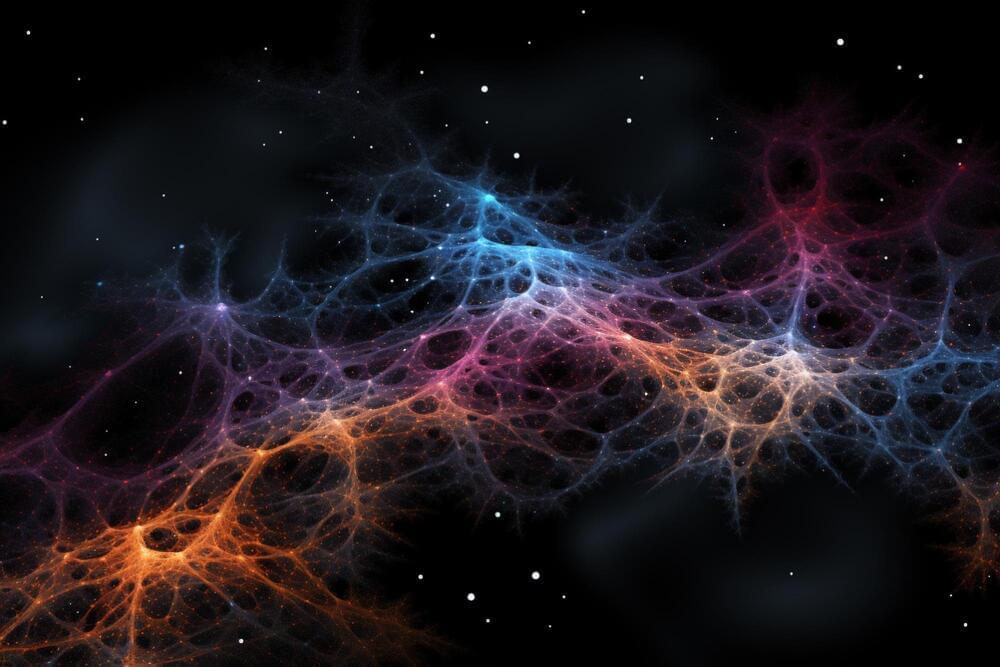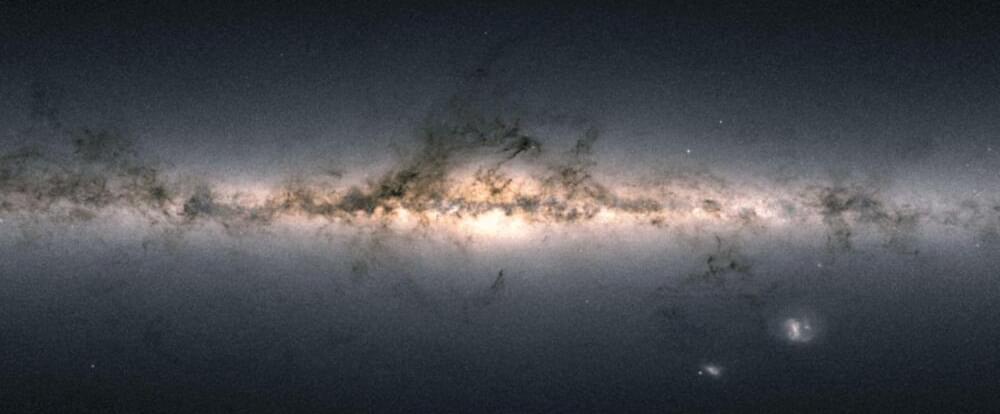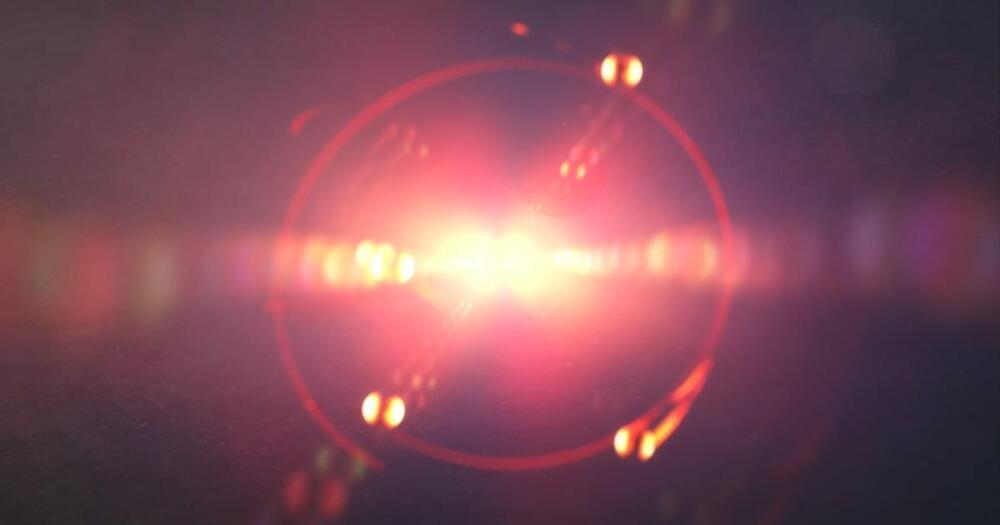The young host galaxy, called GN-z11, glows from such an energetic black hole at its centre. Black holes cannot be directly observed, but instead they are detected by the tell-tale glow of a swirling accretion disc, which forms near the edges of a black hole. The gas in the accretion disc becomes extremely hot and starts to glow and radiate energy in the ultraviolet range. This strong glow is how astronomers are able to detect black holes.
GN-z11 is a compact galaxy, about one hundred times smaller than the Milky Way, but the black hole is likely harming its development. When black holes consume too much gas, it pushes the gas away like an ultra-fast wind. This ‘wind’ could stop the process of star formation, slowly killing the galaxy, but it will also kill the black hole itself, as it would also cut off the black hole’s source of ‘food’
Maiolino says that the gigantic leap forward provided by JWST makes this the most exciting time in his career. “It’s a new era: the giant leap in sensitivity, especially in the infrared, is like upgrading from Galileo’s telescope to a modern telescope overnight,” he said. “Before Webb came online, I thought maybe the universe isn’t so interesting when you go beyond what we could see with the Hubble Space Telescope. But that hasn’t been the case at all: the universe has been quite generous in what it’s showing us, and this is just the beginning.”
